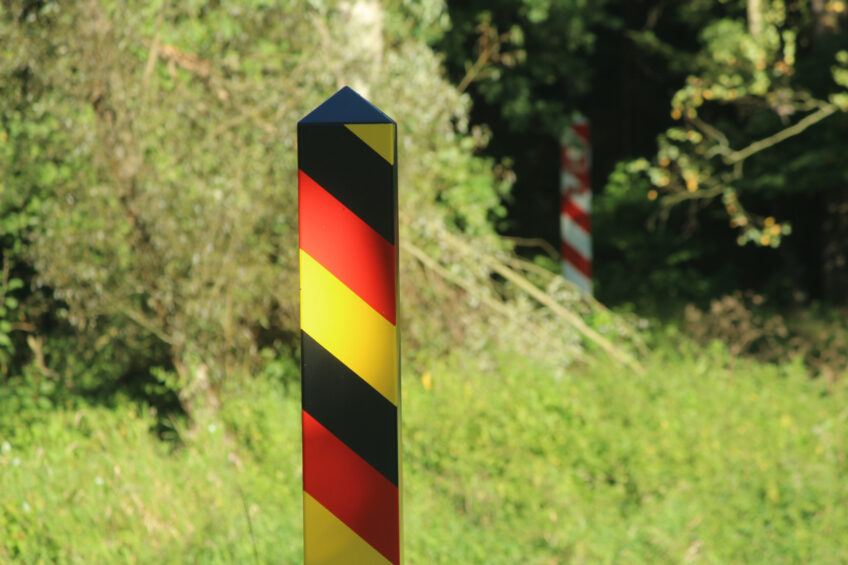ASF Germany: More infected wild boar found in Hesse

The number of infected wild boar in the western German state of Hesse has gone up to 7. That means that the original case was not an individual case, but that the virus did spread in the local wild boar population.
The agricultural ministry of the German state Hesse reported the finding of the 6 additional cases in the course of this week, June 22. All cases were found in the core zone of 7,300 ha in the district Groß-Gerau, which was established around the first case which was found on June 14.
The new cases were found at roughly 500 m of the initial case. The authorities reported that in total 50 were tested in all the state’s districts animals in the last few weeks. 7 have now tested positive.
Limitations for agriculture in ASF core zone
The core zone, which has been established according to EU regulations, agriculture is subject to all kinds of limitations, German agricultural title Top Agrar wrote. The idea is not to disturb the wild boar present in that area, so they will not consider fleeing or relocating.
That means that for certain crops, no harvest is possible. In addition, grass, hay and straw from the entire infected zone is not allowed to be used as distraction material for pigs.
In addition, there is a hunting ban. That is mostly to make sure that animals do not get frightened and run for miles.
The authorities have also begun to place a fence to stop wild boar from migrating. On the southern side, this fence has already been completed.
Majority of (small) pig farms examined
Meanwhile, a large proportion of the about 70 pig farms in the restricted zone have been examined for signs of ASF infection – so far there has been no evidence of the disease spreading to domestic pigs. Most farms, Top Agrar wrote, are relatively small with fewer than 10 pigs on-site.











